The first thing I noticed that you did not apply any edge-detection to your template image. The edge-detection is not necessary but useful for finding the features of the template image.
Assume I have the following image:

To detect the above template image precisely I should be applying an edge detection algorithm.
template = cv2.imread("three.png")
template = cv2.cvtColor(template, cv2.COLOR_BGR2GRAY)
template = cv2.Canny(template, 50, 200)

I should also apply edge detection to the stream from desktop.
img = sct.grab(mon)
gray = cv2.cvtColor(np.array(img), cv2.COLOR_BGR2GRAY)
edged = cv2.Canny(gray, 50, 200)

Check if the template matches with the captured image
result = cv2.matchTemplate(edged, template, cv2.TM_CCOEFF)
(_, maxVal, _, maxLoc) = cv2.minMaxLoc(result)
If template image matched in the stream from desktop then get the coordinates.
(_, maxLoc, r) = found
(startX, startY) = (int(maxLoc[0] * r), int(maxLoc[1] * r))
(endX, endY) = (int((maxLoc[0] + w) * r), int((maxLoc[1] + h) * r))
Finally draw the rectangle for displaying the location:
cv2.rectangle(img, (startX, startY), (endX, endY), (180, 105, 255), 2)
Result:

From above we see that the our template 3 value is matched on the stream from desktop.
Code:
import time
import cv2
import numpy as np
import imutils
from mss import mss
template = cv2.imread("three.png")
template = cv2.cvtColor(template, cv2.COLOR_BGR2GRAY)
template = cv2.Canny(template, 50, 200)
(h, w) = template.shape[:2]
start_time = time.time()
mon = {'top': 200, 'left': 200, 'width': 200, 'height': 200}
with mss() as sct:
while True:
last_time = time.time()
img = sct.grab(mon)
img = np.array(img)
gray = cv2.cvtColor(img, cv2.COLOR_BGR2GRAY)
edged = cv2.Canny(gray, 50, 200)
found = None
for scale in np.linspace(0.2, 1.0, 20)[::-1]:
resized = imutils.resize(gray, width=int(gray.shape[1] * scale))
r = gray.shape[1] / float(resized.shape[1])
if resized.shape[0] < h or resized.shape[1] < w:
break
edged = cv2.Canny(resized, 50, 200)
cv2.imwrite("canny_image.png", edged)
result = cv2.matchTemplate(edged, template, cv2.TM_CCOEFF)
(_, maxVal, _, maxLoc) = cv2.minMaxLoc(result)
if found is None or maxVal > found[0]:
found = (maxVal, maxLoc, r)
(_, maxLoc, r) = found
(startX, startY) = (int(maxLoc[0] * r), int(maxLoc[1] * r))
(endX, endY) = (int((maxLoc[0] + w) * r), int((maxLoc[1] + h) * r))
cv2.rectangle(img, (startX, startY), (endX, endY), (180, 105, 255), 2)
print('The loop took: {0}'.format(time.time()-last_time))
cv2.imshow('test', np.array(img))
if cv2.waitKey(25) & 0xFF == ord('q'):
cv2.destroyAllWindows()
break




